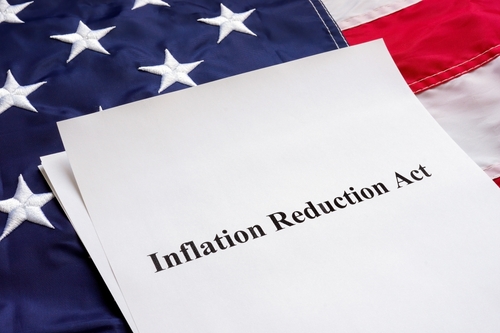The Treasury Department, the U.S. Department of Energy (DOE), and the Internal Revenue Service (IRS) officials have outlined Inflation Reduction Act programming guidance targeting underserved and coal communities.

“Thanks to President Biden’s leadership, the Inflation Reduction Act ensures all Americans benefit from the growth of the clean energy economy by driving investment in communities that have often been overlooked and left behind,” Deputy Treasury Secretary Wally Adeyemo said. “These investments will create good-paying jobs in vital fields like clean energy manufacturing, critical minerals processing, and solar installation.”
Adeyemo said the investments would enable existing energy infrastructure to be retooled for the clean energy economy and lower energy costs for families struggling to pay utility bills.
The Qualifying Advanced Energy Project Credit program provides incentives for clean energy property manufacturing and recycling; industrial decarbonization; and critical materials processing, refining, and recycling, providing a broad range of examples of projects eligible to apply for an investment tax credit of up to 30 percent.
Additionally, the Low-Income Communities Bonus Credit program provides a boost of up to 20 percentage points to the investment tax credit for solar and wind energy projects in low-income communities, encouraging new market participants while benefiting individuals and communities experiencing adverse environmental impacts or lacking economic opportunities.
“These Inflation Reduction Act credits will help revitalize and strengthen the nation’s energy economy and infrastructure while ensuring underserved and historic energy communities are not left behind,” Deputy Secretary of Energy David M. Turk said. “The Qualifying Advanced Energy Project Credit will reinvigorate our clean energy supply chains, while the Low-Income Communities Bonus Credit for the Investment Tax Credit encourages clean energy businesses to make targeted investments that will deliver on a more equitable energy transition.”